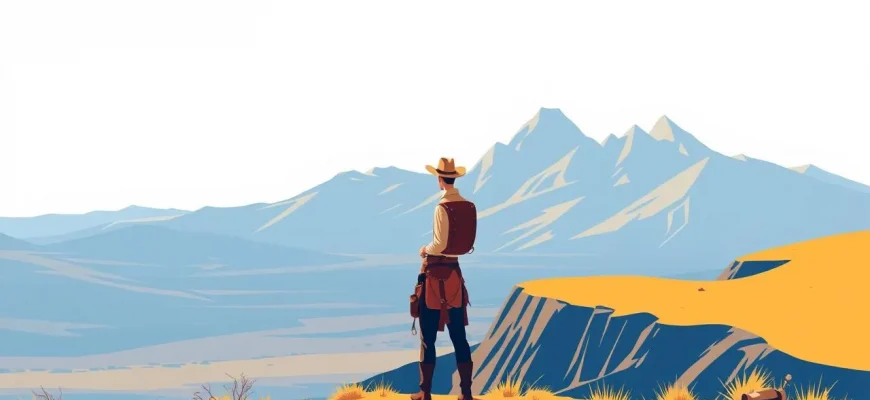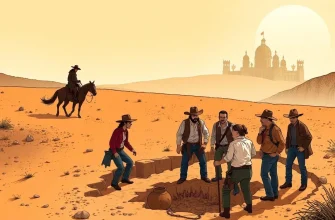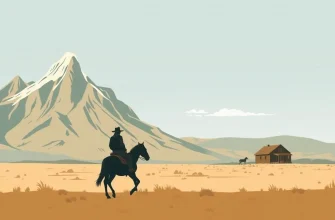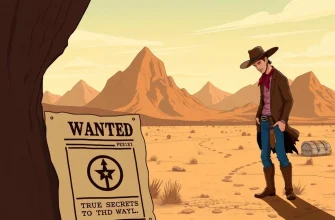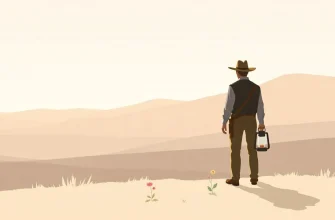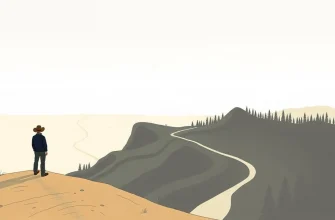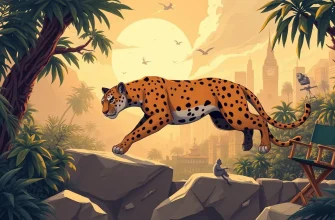The Wild West has always been a symbol of adventure, freedom, and the unknown. These films capture the essence of exploration, showcasing the rugged landscapes, the clash of cultures, and the indomitable spirit of those who ventured into uncharted territories. Whether you're a fan of classic Westerns or looking for modern takes on the genre, this curated list will take you on a journey through the heart of the American frontier.
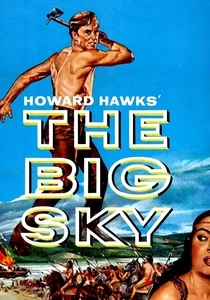
The Big Sky (1952)
Description: Based on A.B. Guthrie Jr.'s novel, this film follows a group of fur trappers on their journey up the Missouri River, showcasing the vastness of the American frontier and the challenges of exploration.
Fact: The film was shot on location in Montana, providing authentic visuals of the wilderness. It's also notable for its depiction of the fur trade era.
 Watch Now
Watch Now 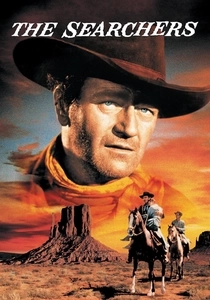
The Searchers (1956)
Description: John Ford's masterpiece follows Ethan Edwards, a Civil War veteran, on his relentless quest to find his niece, kidnapped by Comanches. This film epitomizes the exploration of not just physical landscapes but also the inner landscapes of its characters.
Fact: The film was shot in Monument Valley, which became synonymous with the Western genre. It was also one of the first films to explore themes of racism and cultural identity.
 Watch Now
Watch Now 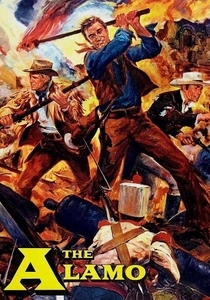
The Alamo (1960)
Description: John Wayne directed and starred in this epic about the famous battle, showcasing the spirit of those who fought for Texas independence and the exploration of new territories.
Fact: Wayne spent years trying to get this film made, investing much of his own money. The Alamo set was so large it was used as a tourist attraction after filming.
 Watch Now
Watch Now 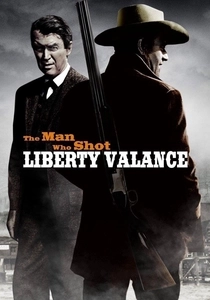
The Man Who Shot Liberty Valance (1962)
Description: John Wayne and James Stewart star in this classic Western that explores the transition from the lawless frontier to a more civilized society, with themes of heroism, truth, and the myth of the West.
Fact: The film is famous for the line, "When the legend becomes fact, print the legend," which encapsulates the myth-making aspect of the Western genre.
 Watch Now
Watch Now 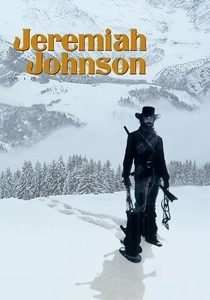
Jeremiah Johnson (1972)
Description: Robert Redford plays a mountain man who seeks solitude in the Rockies but finds himself drawn into the lives of the Native Americans and the harsh realities of survival. This film captures the solitude and the beauty of the wilderness.
Fact: The film was inspired by the real-life story of John "Liver-Eating" Johnston, a legendary mountain man. It was shot in Utah, providing stunning visuals of the American West.
 Watch Now
Watch Now 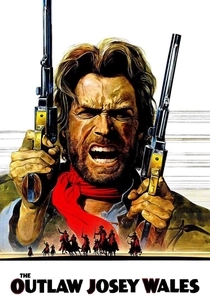
The Outlaw Josey Wales (1976)
Description: Clint Eastwood stars as a Confederate guerrilla who becomes an outlaw, seeking peace in the West but finding only more conflict. This film explores the themes of revenge, redemption, and the search for a place to call home.
Fact: The film was directed by Eastwood himself, marking a significant point in his career transition from actor to director. It was also one of the first Westerns to feature Native American characters in a more nuanced light.
 Watch Now
Watch Now 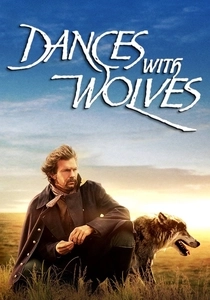
Dances with Wolves (1990)
Description: Kevin Costner stars as a Union Army lieutenant who forms a bond with the Lakota Sioux, exploring themes of cultural exchange and the beauty of the American frontier. This epic tale delves into the heart of Native American culture and the vast, untamed wilderness.
Fact: The film was shot on location in South Dakota, with Costner using his own money to finance the project when studios were hesitant. It won seven Academy Awards, including Best Picture.
 Watch Now
Watch Now 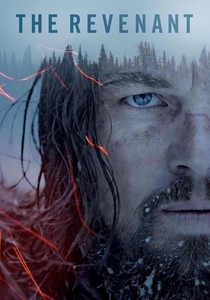
The Revenant (2015)
Description: Hugh Glass's harrowing journey through the American wilderness after being mauled by a bear is a testament to human endurance and the will to survive. This film, while not a traditional Western, captures the essence of frontier exploration.
Fact: The film was shot in harsh conditions, with Leonardo DiCaprio enduring extreme weather to portray the realism of Glass's ordeal. It was also noted for its minimal use of CGI, relying on practical effects.
 Watch Now
Watch Now 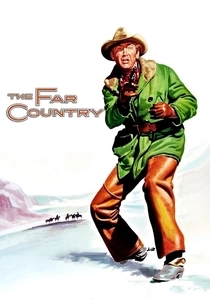
The Far Country (1954)
Description: James Stewart stars as a cattle driver who finds himself in the Yukon, dealing with corrupt officials and gold prospectors. This film captures the spirit of those who ventured into the far reaches of the frontier.
Fact: The film was shot in Canada, with Stewart performing many of his own stunts, including a famous scene where he falls into a river.
 30 Days Free
30 Days Free 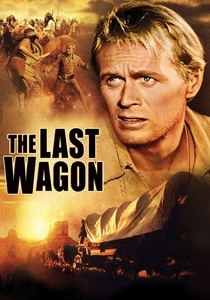
The Last Wagon (1956)
Description: Richard Widmark plays a Comanche-raised white man who leads a group of settlers through hostile territory, exploring themes of cultural clash and survival in the wilderness.
Fact: The film was shot in Utah, with Widmark performing many of his own stunts, including a dramatic river crossing scene.
 30 Days Free
30 Days Free 
